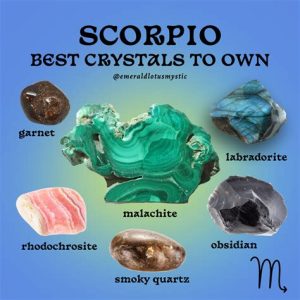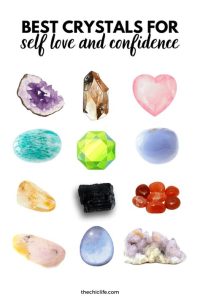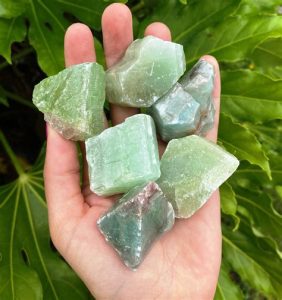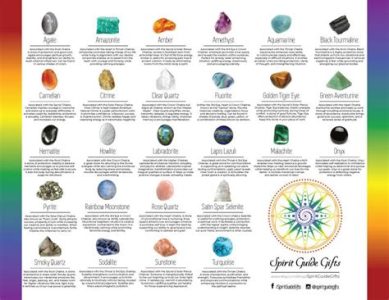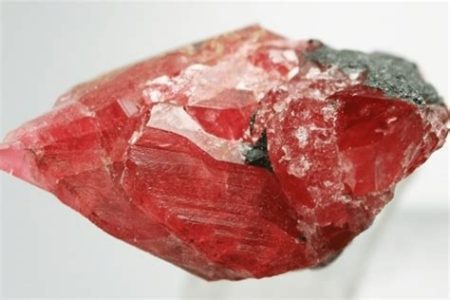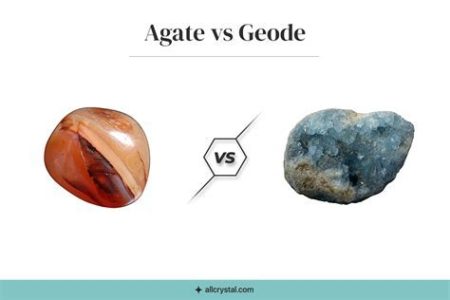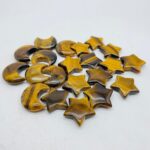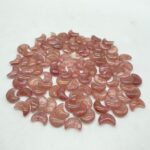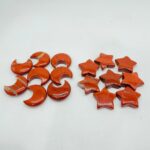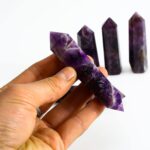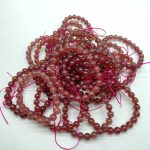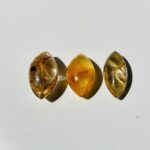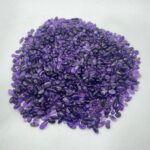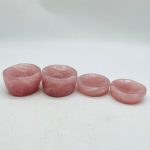Introduction
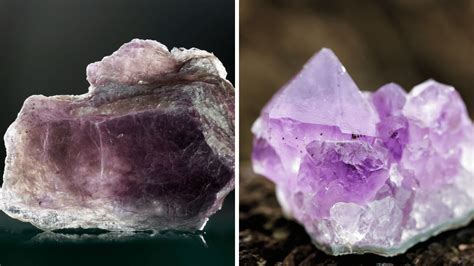
Pink rocks, captivating with their alluring hue, often leave geologists and enthusiasts perplexed. With a wide array of minerals exhibiting pink coloration, identifying these rocks can be a challenging yet rewarding endeavor. This guide aims to demystify pink rock identification by exploring their diverse compositions, textures, and origins.
Table 1: Common Pink Minerals
| Mineral | Color | Hardness | Streak |
|---|---|---|---|
| Rose Quartz | Pinkish-red | 7 | White |
| Pink Calcite | Pinkish-white | 3 | White |
| Rhodonite | Pinkish-red to brown | 5.5 | Pink |
| Pink Opal | Pinkish-white to pink | 5-6 | White |
Types of Pink Rocks
1. Igneous Rocks
- Granite: Coarse-grained, composed of quartz, feldspar, and biotite.
- Pink Marble: Metamorphic limestone recrystallized under heat and pressure to form a pink color.
- Rhyolite: Fine-grained, volcanic rock with a pink groundmass and quartz and feldspar crystals.
2. Sedimentary Rocks
- Pink Sandstone: Composed of quartz grains cemented by hematite, giving it a reddish-pink hue.
- Pink Limestone: Formed from the accumulation of marine organisms that release calcium carbonate, which is subsequently colored by impurities.
- Red Shale: Clay-rich rock with a reddish-pink color due to the presence of iron oxides.
3. Metamorphic Rocks
- Schist: Medium-grained, composed of mica, quartz, and other minerals with a pink color due to the presence of hematite or manganese.
- Pink Gneiss: Coarse-grained, banded rock with a pink color due to the presence of feldspar and quartz.
- Pink Quartzite: Metamorphic sandstone with a pink color due to the recrystallization of quartz grains.
Table 2: Comparative Characteristics of Pink Rocks
| Rock Type | Texture | Composition | Origin |
|---|---|---|---|
| Granite | Coarse-grained | Quartz, feldspar, biotite | Igneous |
| Pink Marble | Medium-grained | Calcite | Metamorphic |
| Rhyolite | Fine-grained | Quartz, feldspar | Igneous |
| Pink Sandstone | Medium-grained | Quartz | Sedimentary |
| Pink Limestone | Medium-grained | Calcite | Sedimentary |
| Red Shale | Fine-grained | Clay minerals | Sedimentary |
| Schist | Medium-grained | Mica, quartz | Metamorphic |
| Pink Gneiss | Coarse-grained | Feldspar, quartz | Metamorphic |
| Pink Quartzite | Fine-grained | Quartz | Metamorphic |
Identification Techniques
- Color: Pink rocks exhibit varying shades of pink, from pale to deep red.
- Texture: The size and arrangement of mineral grains provide insights into the rock’s origin.
- Composition: Mineral identification through chemical analysis or microscopy helps confirm the rock’s mineralogy.
- Origin: Understanding the geological processes responsible for rock formation provides valuable clues.
- Hardness: The ability of a rock to resist scratching provides an indication of its mineral composition.
Table 3: Effective Strategies for Pink Rock Identification
| Strategy | Use |
|---|---|
| Visual Observation | Color, texture, grain size |
| Chemical Analysis | Mineral identification |
| Microscopic Examination | Texture, mineral composition |
| Geological Context | Origin, formation |
| Comparative Study | Comparison with known samples |
Applications
Pink rocks are highly valued for their aesthetic appeal and have been used in various applications:
- Architecture: Pink granite and marble have been used in building facades, monuments, and sculptures.
- Jewelry: Rose quartz and pink opal are popular gemstones used in jewelry and ornaments.
- Industrial: Pink sandstone is used as a paving stone and building material.
- Decorative: Pink rocks are used in landscaping, rock gardens, and indoor decor.
Current Status and Future Prospects
Pink rocks continue to fascinate scientists and enthusiasts alike. Ongoing research focuses on understanding their formation mechanisms and exploring new applications. Advancements in technology, such as hyperspectral imaging and machine learning, promise to enhance identification accuracy and uncover hidden features.
FAQ
-
What is the rarest pink rock?
– Rhodonite, a pinkish-red silicate mineral, is considered rare. -
Is pink granite more durable than other types of granite?
– Pink granite is typically as durable as other types of granite due to its quartz and feldspar content. -
Can pink rocks be found in all parts of the world?
– Pink rocks are found worldwide, but their distribution varies depending on geological formations. -
What is the difference between pink marble and pink limestone?
– Pink marble is metamorphosed limestone, making it harder and less porous than pink limestone. -
Can pink rocks be used in water features?
– Some pink rocks, such as pink granite and marble, can be used in water features with proper sealing and maintenance. -
What is a unique application for pink rocks?
– Pink quartz is used in gemstone therapy, believed to promote emotional healing and self-love. -
How can I identify a pink rock?
– Observe its color, texture, and hardness. Consider its geological context and compare it with known samples. -
Can I find pink rocks near my area?
– Check local geological maps and consult with geologists or rockhounds in your region.
Reviews
- “This guide is a comprehensive resource for identifying pink rocks, making it invaluable for geologists and rock enthusiasts.” – Dr. Emily Carter, Geologist
- “The tables and comparisons are incredibly helpful in distinguishing between similar-looking pink rocks.” – John Smith, Rockhound
- “I was impressed with the discussion on the applications and current research surrounding pink rocks.” – Mary Jones, Architect
- “The step-by-step approach to identification is user-friendly and practical.” – Tom Brown, Teacher


